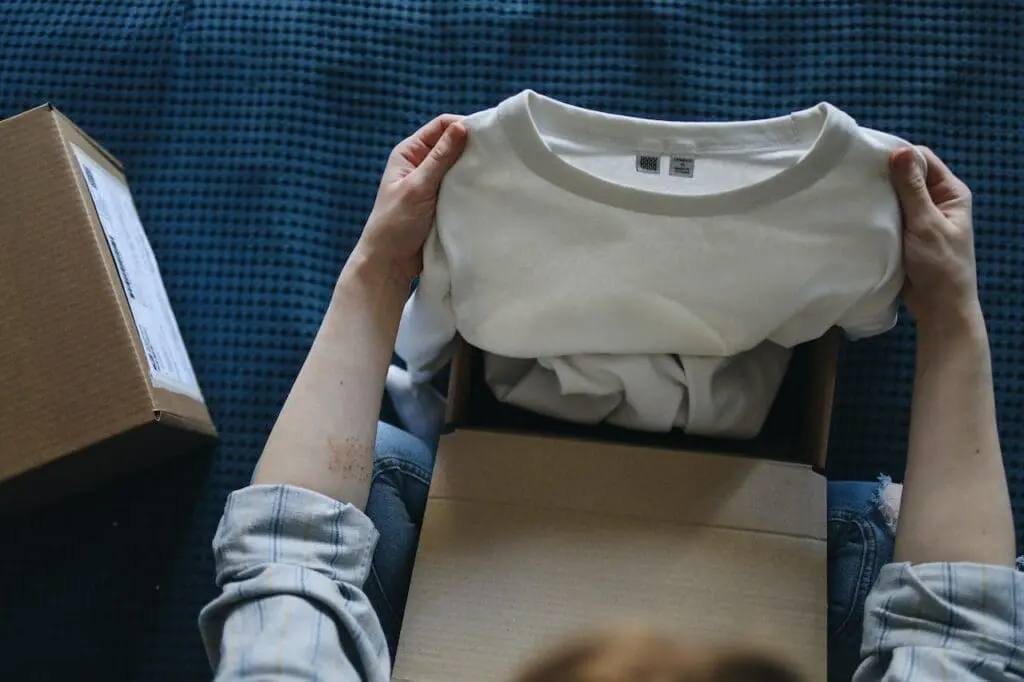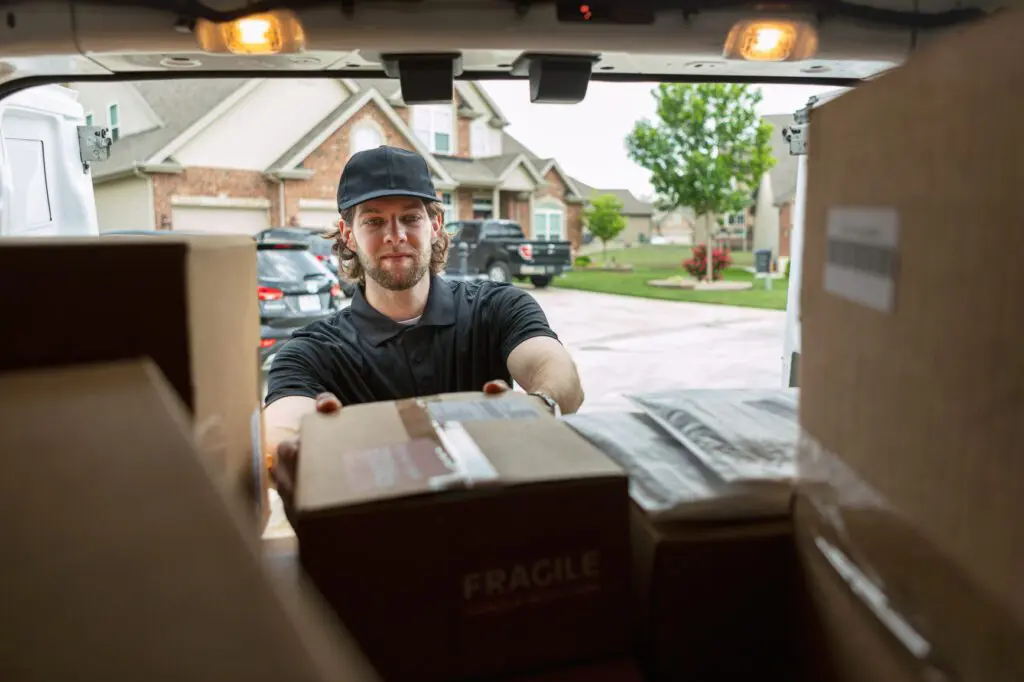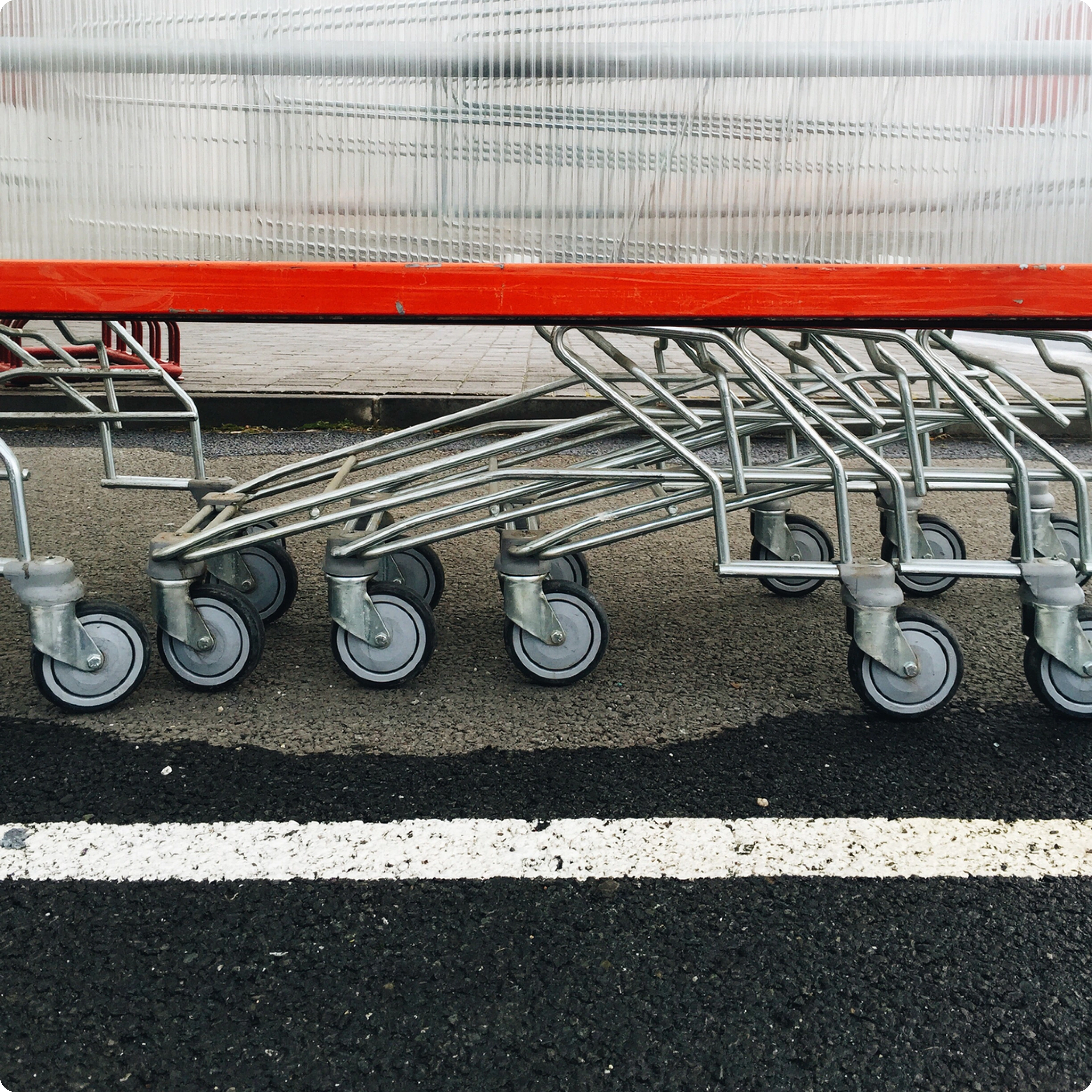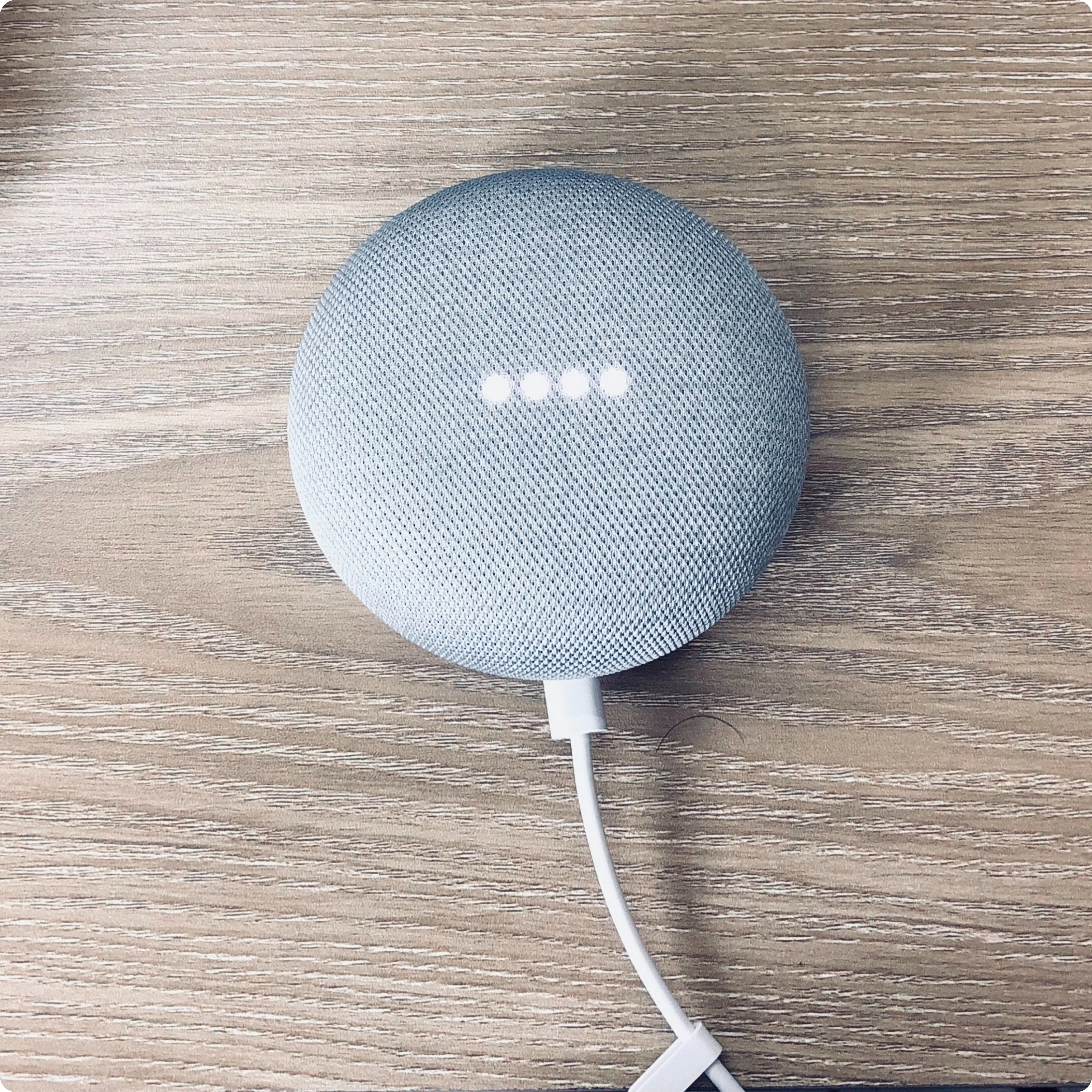Does this sound familiar?
Shipping and returns are one of the things that customers are most concerned about when shopping online. As an online store owner, this is an obvioius area you should prioritize and consider carefully. But how should you price the delivery? What delivery methods should you offer? And should you charge for returns? In this article we will make you wiser!
Imagine this: You get to the checkout page of an online store and are surprised by the high shipping cost, and you realize that the great deal you found or the discount code you entered in no way makes up for the shipping. At the same time, you see that the online store offers few delivery methods, which only creates even greater frustration. Does this sound familiar?
I know I’m not the only one who has simply given up and abandoned my cart during an online shopping spree. It was therefore very interesting and inspiring to participate in this webinar with Bring – one of the Nordics’ largest transportation companies – where Kjersti Pedersen, head of Bring’s research, shared a lot of good advice about shipping and returns. (The webinar is in Swedish and Norwegian.)
Did you miss it? Fear not – below I have collected the most important findings and the best tips for you!

Expectations for shipping and returns among Scandinavians
In order to gain a deeper insight into the shopping habits of Scandinavian consumers, Bring has carried out a survey which, among other things, looks at what expectations online customers have for shipping and returns. The findings from this survey were presented in the webinar. Yes, some things may have been known to many, but many other things were more surprising.
When asked how shipping costs affect the likelihood of consumers shopping and their willingness to complete their purchases online, the answers were quite similar between respondents in Norway, Sweden, and Denmark– but at the same time there were some important differences.
Here are some of the findings from the survey:
– In Norway, 8% of consumers were willing to pay NOK 80 or more for shipping. This figure was 2% and 1% for Sweden and Denmark, respectively. This may indicate that Norwegians are more willing to pay when it comes to having the goods they have bought sent to them.
– In Sweden, 27% of respondents said that they had received free shipping on their last purchase, while this figure was 20% for Norway and 12% for Denmark. However, free shipping is decreasing in all countries, and consumers will probably have to prepare to pay a sum to have goods sent home in the future.
– In Sweden and Denmark, the majority of respondents answered that an acceptable delivery time for normal purchases should be 2–3 days, while the majority of Norwegian consumers are more patient and answered that it is perfectly fine to wait up to 5 days. This probably has to do with geography. In Denmark, for example, it takes less time to cross the country with a package than in long Norway.
– In-store collection is the most popular delivery method among consumers in all three countries, but parcel boxes and home delivery are increasing. Online stores therefore do well to offer several delivery methods to satisfy customers’ needs in this area.
– When it comes to returns, almost 7 out of 10 of the respondents in all three countries answered that the most important thing for them is free returns and that there is a return slip in the package they receive. At the same time, it appears that the number of customers who are willing to pay for returns is increasing.
– 2 out of 10 customers keep goods they were not satisfied with. When asked why they did not return the item, almost 70% stated that it was due to a complicated or expensive return solution. It then goes without saying that these customers probably do not want to shop at the online store in question on a later occasion.

Tips for how retailers can avoid abandoned shopping carts
In a time of high inflation and interest rate increases, many people have reduced their consumption and become more price conscious. Nevertheless, there are several things retailers can do to create engaged and loyal customers who make more purchases. In the webinar, Kjersti shared a number of valuable tips about shipping and returns that online store owners can take advantage of:
1 -Be open about shipping costs and make sure that these are clearly visible in the online store:
When a customer starts a purchase process in an online store, she would like to have information about shipping as early as possible in the purchase process. Therefore, make sure to state shipping costs and terms both on the home page and on the product page. This provides extra security and ensures that the customer does not abandon their shopping basket even before the transaction has started.
2- Try different shipping costs to find the right balance:
One of the most common reasons why the customer cancels a purchase is that the price including shipping is too high. At the same time, it is important that online stores get something in return for offering delivery. Experiment with different prices to test consumers’ willingness to pay. Among Scandinavian consumers, Norwegians are the ones who are willing to pay the most for shipping.
3- Experiment with conditional free shipping:
More and more online stores are introducing conditional free shipping, meaning that customers do not pay for shipping if they shop for more than, for example, NOK 499. This helps the online stores cover some of their shipping costs, while encouraging customers to add more items to their cart to reach the minimum threshold. In addition, conditional free shipping provides an experience of added value for customers, which can increase the likelihood of repeated purchases. Here it is important to find the right balance to bring in the kroner you can, but at the same time not set the level so high that you lose sales.
4- Offer multiple delivery methods:
The pandemic has led to a change in customer delivery preferences, and it is important that your online store offers several different delivery options to keep customers happy. Also, make sure you describe these delivery options in a clear way (delivery method, price, expected delivery date, type of vehicle, environmental friendliness, etc.) to make it easier for the customer to choose. This will help to increase conversions in your online store and create more satisfied customers.
5- Provide information about returns in a clear and unambiguous manner:
In the same way as for delivery terms, the customer wants as much information as possible about returns at as early a stage as possible in the purchase process. As many as 6 out of 10 consumers check the return conditions even before starting a purchase, and many abandon the shopping cart if they cannot quickly find these in the online store. Therefore, provide clear information on how the customer must return the product, and what it may cost. Don’t just refer to the Right of Cancellation Act and leave the customer to fend for himself. It does not appear particularly confidence-inspiring.
6- Ensure easy returns and test willingness to pay:
Customers want returns as easy as possible. If you have this in place, it is important that you communicate it. The three most important factors for customers are that there is a return slip in the package, that the return is free and that they can use the original packaging for returns. The number of customers who are willing to pay for returns is increasing. Therefore, make the return process as easy as possible for the customer and experiment with different prices to test people’s willingness to pay.

Logical logistics from which everyone benefits
Selling goods online is not just about the product, but about giving the customer a good buying experience. With your competitors just a click away, it’s more important than ever to keep your customers happy – from when they search for the item they’re interested in, to when they get the product delivered to their home.
If retailers are even more open about shipping costs and offer more shipping options, the likelihood that consumers will actually complete the purchase increases. Scandinavian online customers understand that online store owners have to charge for the services they offer, and that they cannot cover all the shipping costs themselves. In fact, Norwegian consumers are more willing than ever to pay for delivery and returns, as long as they feel it is worth it.
You should therefore try your hand at different shipping costs, experiment with conditional free shipping and offer several delivery methods to find the perfect balance that helps you reduce abandoned shopping carts, increase turnover – and take your online store to new heights.
Set aside a small hour to watch the recorded webinar with Bring (Swedish and Norwegian), while you browse through the results of the survey. I promise you won’t regret it!

Sepideh Majidzadeh
Partner and Marketing Manager,
Nets E-Commerce
I work as a partner and marketing manager in Nets with a focus on our e-commerce solutions, and have over 15 years of experience with B2B marketing within SaaS. It is important to me that our customers and followers succeed with online shopping and therefore publish blog posts and success stories related to e-commerce for inspiration, motivation and learning.
Feel free to send me comments, questions or topics you want to read more about, or if you want to be a guest lecturer on one of our webinars. [email protected].
- Topics



